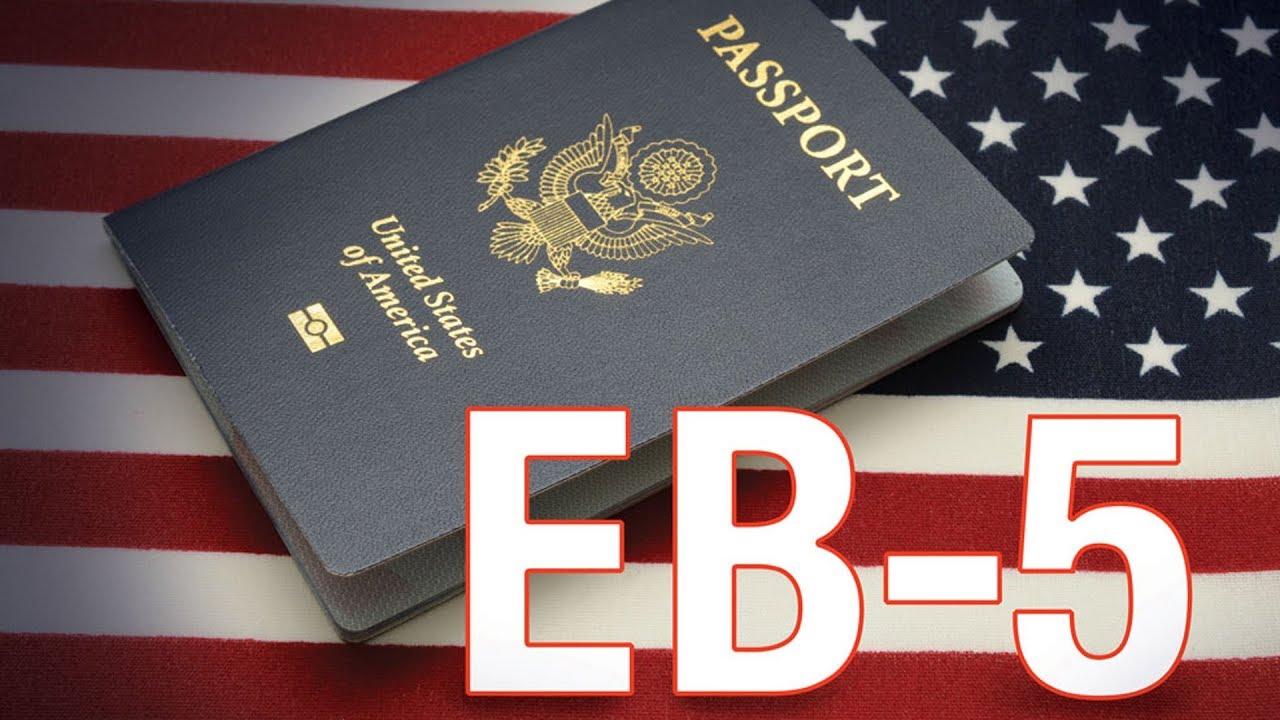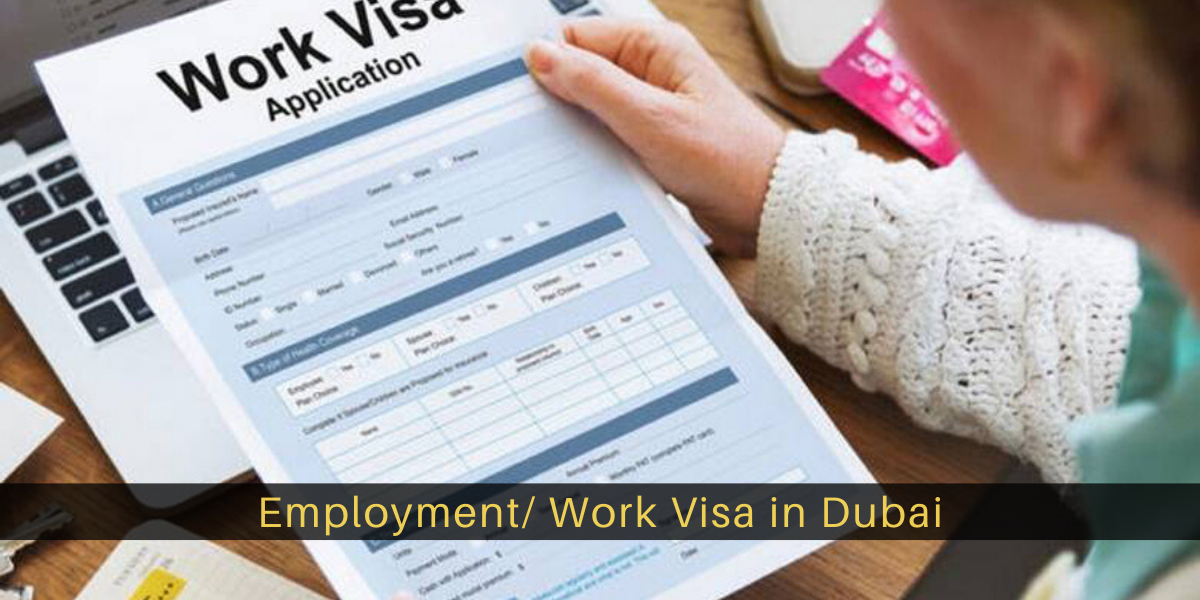Have you ever considered living and working in the United States while simultaneously securing a promising investment opportunity? If so, the EB-5 visa might be your ideal path. This visa program, designed to attract foreign investors, offers a unique way to obtain a green card for yourself and your immediate family while contributing to the U.S. economy. It’s an opportunity to combine business and personal goals, and in this article, I’ll break down everything you need to know about the EB-5 visa, from eligibility to benefits.
What Is the EB-5 Visa?
The EB-5 visa, or Employment-Based Fifth Preference Visa, is a U.S. immigration program created in 1990 to encourage foreign investments and stimulate job creation in the United States. By investing a specified amount in a new or existing U.S. business, eligible investors and their families can obtain permanent residency.
Step-by-Step Guide to Securing an EB-5 Visa
#1. Understand the Investment Requirements
Investment Amounts
- Standard Investment: $1.05 million is required if your investment is in a location that doesn’t qualify as a Targeted Employment Area (TEA).
- TEA Investment: $800,000 applies if your investment is in a TEA. These are areas with either:
- Unemployment rates are 150% above the national average.
- Rural locations with populations under 20,000 outside metropolitan areas.
Job Creation Criteria
- The EB-5 program mandates that your investment creates or preserves at least 10 full-time jobs for U.S. workers. These can include:
- Direct Jobs: Positions created directly within the business you invest in.
- Indirect Jobs: Jobs created through economic activity generated by the investment, particularly for regional center projects.
Ensuring Compliance
- A well-documented business plan must detail how the investment will meet the job creation requirement.
- Work with an economist or EB-5 consultant to structure the job creation plan.
#2. Choose Between Direct Investment and Regional Centers
Direct Investment
- Control: This option is ideal for those who want full control over the business.
- Structure: Direct investments require you to establish or acquire a business that meets the job creation criteria.
- Risks and Rewards: While you have complete control, you bear all operational risks. Direct investments typically appeal to entrepreneurs.
Regional Centers
- What Are They?: Regional centers are USCIS-approved entities that pool investor funds for large-scale projects, such as real estate or infrastructure development.
- Advantages:
- Less hands-on, making it ideal for passive investors.
- Job creation requirements are easier to meet due to the inclusion of indirect and induced jobs.
- Considerations:
- Research the regional centre’s track record to ensure project viability.
- Request project audits to assess financial risks and job creation potential.
#3. Prepare Your Application
Key Documents Required
- Investment Proof:
- Bank statements, asset sales, or inheritance documents.
- Detailed documentation showing the lawful source of funds (e.g., tax returns or financial audits).
- Business Plan:
- A comprehensive plan showcasing job creation, economic impact, and timelines.
- Personal Identification:
- Passport copies, birth certificates, and marital status documents (if applicable).
Form I-526 Submission
- What Is It?: Form I-526 (Immigrant Petition by Alien Investor) is the cornerstone of the EB-5 application.
- Steps to File:
- Submit the form with all required evidence and fees to USCIS.
- Expect processing times of 18–24 months, depending on your country of origin.
#4. Attend Your Visa Interview
Scheduling and Preparation
- Once your I-526 petition is approved, you’ll attend a visa interview at your local U.S. consulate or embassy.
- Documents to Bring:
- Original financial documents submitted in your application.
- Evidence of your business or regional centre investment.
- Confirmation of job creation plans.
Common Interview Questions
- “How did you source your investment funds?”
- “What is the nature of the business you are investing in?”
- “Are you familiar with the EB-5 program’s requirements?”
Tips for Success
- Be honest and transparent. Any discrepancies may lead to delays or denial.
- Consult with an immigration attorney to prepare for the interview.
#5. Receive Your Conditional Green Card
What Is a Conditional Green Card?
- Once your visa is approved, you and your eligible family members (spouse and unmarried children under 21) will receive a conditional green card valid for two years.
Monitoring Your Investment
- During the two-year conditional period:
- Ensure the business meets job creation targets.
- Maintain compliance with all EB-5 regulations.
- Keep detailed records of financial transactions and business activities.
Removing Conditions
- File Form I-829 (Petition by Investor to Remove Conditions) within 90 days before your conditional green card expires.
- Requirements for Approval:
- Evidence that your investment has been sustained for the required period.
- Proof that the job creation requirements have been met.
What Happens Next?
- Upon approval of Form I-829, you and your family will receive permanent residency in the U.S.
- You’re now free to live, work, and travel without restrictions.
Key Tips for Navigating the Process
- Consult Professionals: Hire an experienced immigration attorney and financial advisor specializing in EB-5 applications.
- Understand the Timeline: The entire process can take 24–36 months, so plan accordingly.
- Monitor Regional Centers: If choosing a regional center, ensure they have a strong track record and transparent reporting.
- Be Diligent with Documentation: Mistakes in financial or personal documentation can lead to delays or denial.
- Stay Informed: USCIS frequently updates policies and regulations. Regularly check for changes that may impact your application.
This detailed breakdown provides a comprehensive view of the EB-5 application process, offering clarity and actionable steps for prospective investors.
EB-5 Investment Checklist
Use this checklist to guide your EB-5 visa journey:
| Task | Completed? |
| Secure investment funds | ✅ |
| Choose investment type (direct or regional center) | ✅ |
| Prepare business plan | ✅ |
| File Form I-526 | ✅ |
| Attend visa interview | ✅ |
| Monitor investment | ✅ |
How This Helps: This checklist ensures that investors stay organized and meet all requirements to successfully obtain an EB-5 visa.
Alternatives to the EB-5 Visa
#1. E-2 Investor Visa
- Eligibility: Available to nationals of countries with a U.S. treaty of commerce and navigation.
- Examples include the UK, Canada, Germany, and Japan. (Nigeria is not eligible, but applicants can explore dual citizenship in treaty countries like Grenada.)
- Investment Requirement: No fixed amount, but typically requires a “substantial investment,” often around $100,000–$200,000, to start or buy a business.
- Key Benefits:
- Faster processing times compared to the EB-5 visa.
- No job creation requirement, making it less restrictive.
- Limitations:
- It doesn’t provide a direct path to permanent residency. Applicants must renew their visa every few years.
#2. L-1 Visa (Intra-Company Transfer Visa)
- Eligibility: For executives, managers, or employees with specialized knowledge transferring from a foreign company to a U.S. branch or subsidiary.
- Key Benefits:
- No minimum investment is required.
- Family members can accompany the applicant (spouses can work in the U.S. under an L-2 visa).
- Limitations:
- The business must remain operational and connected to the foreign entity.
- The initial duration is up to one year for new businesses but can be extended to a maximum of seven years for executives or managers.
#3. H-1B or O-1 Visa
- H-1B Visa:
- Designed for highly skilled professionals with a job offer in specialty occupations such as engineering, IT, or medicine.
- Requires sponsorship by a U.S. employer.
- Subject to annual caps, making it competitive.
- O-1 Visa:
- For individuals with extraordinary ability in sciences, arts, education, business, or athletics.
- Requires evidence of outstanding achievements and recognition in the applicant’s field.
Why Consider These Alternatives?
- These visas offer faster processing, lower financial commitments, and greater flexibility for individuals who may not meet the EB-5 criteria or prefer non-investment-based immigration paths.
Benefits of the EB-5 Visa
#1. Access to U.S. Education
- Children of EB-5 visa holders can attend public schools and universities at resident tuition rates, often saving tens of thousands of dollars annually compared to international tuition.
- Access to prestigious institutions such as Harvard, MIT, or state universities provides unparalleled educational opportunities.
#2. No Job Sponsorship Required
- EB-5 investors gain U.S. residency without the dependency on an employer or needing to secure a specific job role.
- This independence allows families to live and work anywhere in the U.S.
#3. Dual Purpose
- The EB-5 visa offers a unique combination of immigration and financial investment, enabling applicants to secure residency while participating in U.S. economic growth.
- Investments in industries like real estate or renewable energy can generate returns, further enhancing financial stability.
#4. Path to Citizenship
- After maintaining permanent residency for five years, EB-5 visa holders can apply for U.S. citizenship, unlocking additional benefits such as unrestricted global mobility with a U.S. passport.
Tax Implications for EB-5 Investors
#1. Global Income Tax
- What It Means: As a U.S. resident, your global income becomes subject to U.S. taxation, potentially increasing your tax obligations.
- Mitigation:
- Work with an international tax advisor to understand your liabilities.
- Structure investments and income streams to optimize tax efficiency.
#2. Double Taxation Treaties
- The U.S. has treaties with many countries to prevent double taxation, ensuring you don’t pay taxes on the same income in both countries.
- Example:
- Investors from countries like Canada or the UK can advantage from these agreements.
- Actionable Tip:
- Verify if your home country has a treaty with the U.S. and utilize provisions like foreign tax credits.
#3. Estate Planning
- What It Means: U.S. residents are subject to estate taxes on worldwide assets, which may differ significantly from the tax system in your home country.
- Mitigation:
- Establish a trust or other estate planning mechanisms to manage liabilities.
- Consult a tax attorney specializing in cross-border issues to protect your assets.
Risks and Challenges of the EB-5 Visa
#1. Investment Risks
- Challenges:
- Investments in regional centers or businesses may not generate the required jobs or returns.
- Market volatility or mismanagement can jeopardize the project.
- Mitigation:
- Perform due diligence by researching the regional centre or project.
- Consult with financial and legal advisors to evaluate the investment’s viability.
#2. Long Processing Times
- Challenges:
- EB-5 visa petitions often take 24–36 months to process, and applicants from high-demand countries may face longer waits due to visa retrogression.
- Mitigation:
- Consider concurrent filing (filing for adjustment of status while the I-526 is pending) to reduce delays.
- Monitor USCIS updates on processing timelines and quotas.
#3. Job Creation Compliance
- Challenges:
- Failing to meet the 10 full-time job requirement may lead to the denial of the I-829 petition, risking permanent residency.
- Mitigation:
- Choose established regional centres with a strong track record of meeting job creation requirements.
- Regularly monitor and document job creation progress throughout the conditional residency period.
Economic Impact of the EB-5 Program
The EB-5 program has contributed significantly to the U.S. economy. According to the U.S. Department of Commerce:
- In 2022, EB-5 investments generated over $5 billion in economic activity.
- The program created approximately 30,000 jobs annually, supporting key sectors like real estate, infrastructure, and technology.
Common Questions About the EB-5 Visa
Who Qualifies for the EB-5 Visa?
Any individual with the required investment amount and the ability to prove its lawful source can apply. There are no specific language, education, or professional requirements.
How Long Does the Process Take?
The EB-5 process typically takes 24–36 months, depending on USCIS processing times and your home country.
Can My Family Join Me?
Yes, your spouse and unmarried children under 21 are eligible for green cards through your EB-5 visa application.
Is the EB-5 Visa a Guaranteed Path to Residency?
No, success depends on meeting all requirements, including investment and job creation goals. Working with legal and financial advisors is crucial.
Key Takeaways
- The EB-5 visa offers a unique pathway to U.S. residency through investment.
- It requires a minimum investment of $800,000 in TEAs or $1.05 million elsewhere.
- Applicants must create or preserve 10 full-time jobs for U.S. workers.
- Regional centres provide a passive investment option, while direct investments offer more control.
- The program benefits families by including spouses and children under 21.
Conclusion
The EB-5 visa is a powerful opportunity to achieve U.S. residency while contributing to the economy. Whether you’re an entrepreneur eager to start a business or an investor looking for passive opportunities, this program can help you realize your dreams. Are you ready to take the first step toward a brighter future in the U.S.?
Related Articles
- How to Get a Freelancer Visa in Dubai: Step-by-Step Guide
- Traveling With an ECOWAS Passport: Discover the Visa-Free Countries
- How to Apply for a Holland Visa from Nigeria: A Step-by-Step Guide
- How to Apply for an Australia Study Visa for Immigrants – Visa Sponsorship in Australia
- USA Admission for International Students






